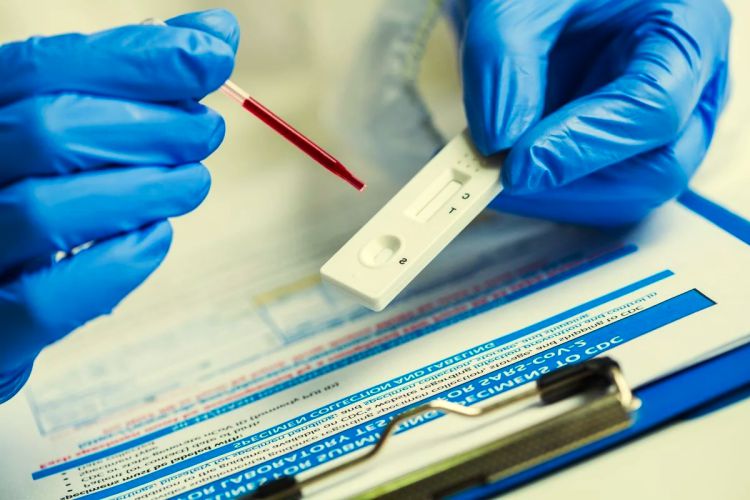According to the latest data from the Centers for Disease Control and Prevention (CDC), the COVID-19 trend has officially reached “high” levels across western U.S. states. This concerning development comes as the region experiences an early summer surge of infections, potentially driven by the emergence of new variants like LB.1 and KP.3.
The CDC’s COVID Data Tracker shows that no states or territories experienced a decrease in COVID-19 cases in the past week, with the pandemic indicators worsening notably in various western states where an upward trend began this month. Wastewater analysis in the western region, typically a precursor to rising infections, shows virus levels nearing the CDC’s “high” infection risk threshold.
 Concurrently, there has been an escalation in COVID-19 cases in nursing homes within this region. In the HS Region 9, spanning Arizona to Hawaii, the average proportion of emergency room visits from COVID-19 patients has risen to 1.23%, marking the highest rate since early February.
Concurrently, there has been an escalation in COVID-19 cases in nursing homes within this region. In the HS Region 9, spanning Arizona to Hawaii, the average proportion of emergency room visits from COVID-19 patients has risen to 1.23%, marking the highest rate since early February.
The CDC is now monitoring the concurrent rise of two new variants, LB.1 and KP.3, which are gaining prevalence nationwide. LB.1 accounts for 17.5% of cases, while KP.3 represents approximately a third, displacing the previously dominant KP.2 variant. These new variants are descendants of the N.1 strain, which drove last winter’s surge.
Authorities have observed patterns of COVID-19 surges following a decline in cases during spring, though at varying times in the warmer months. Last year, the national surge did not commence until late July, peaking in emergency rooms by August and September, coinciding with the rollout of a new vaccine.
As the western U.S. grapples with this latest COVID-19 surge, health officials urge the public to remain vigilant and adapt to the evolving virus landscape. Ongoing monitoring and prompt response will be crucial in combating the spread of these new variants and mitigating the impact on communities across the region.
